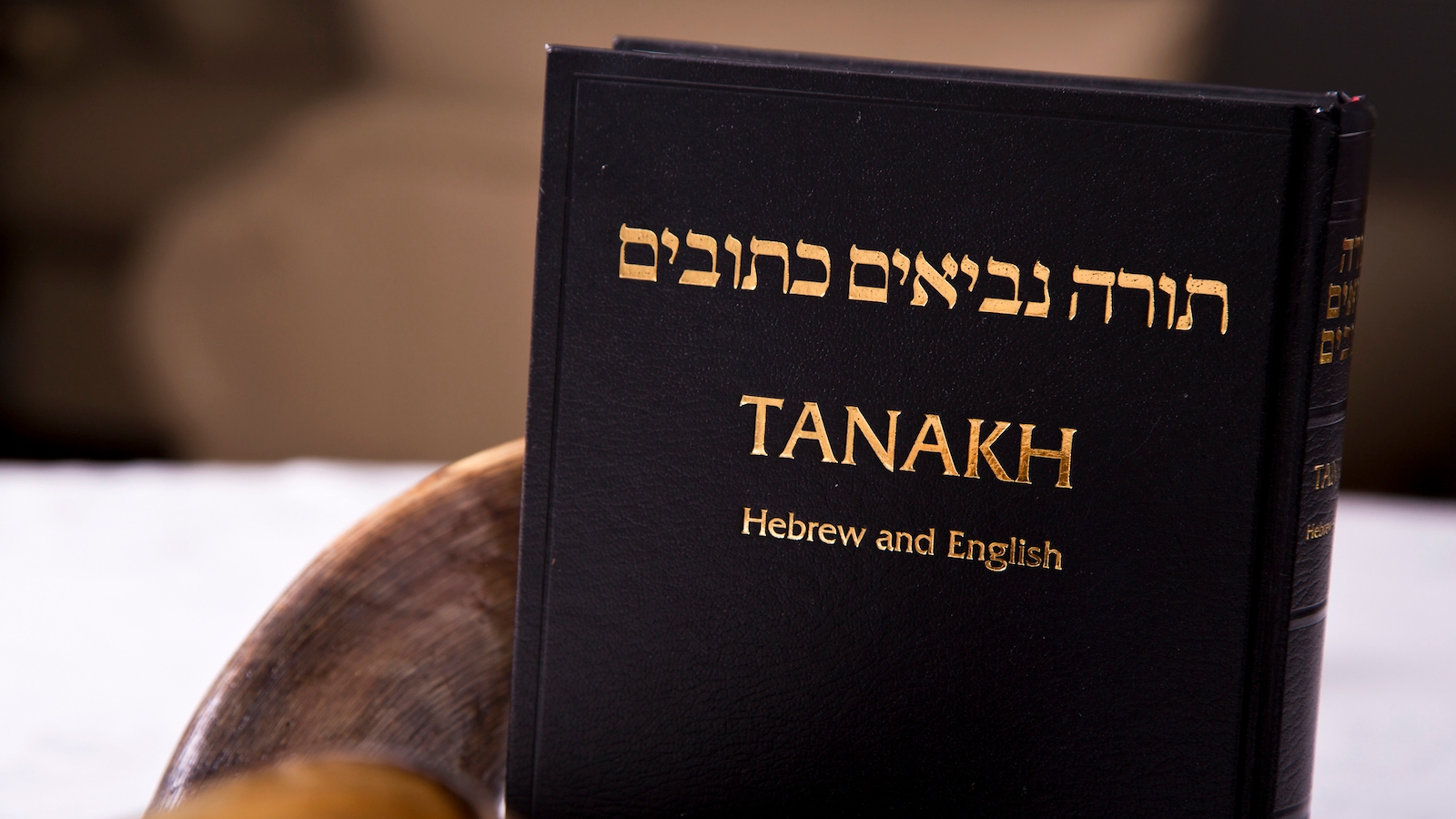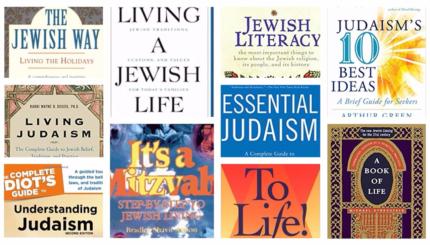Have you always wanted to read the Bible, but didn’t know how to get started?
In addition to the myriad editions of the Hebrew Bible (also known as the ) available in book form, the entire Bible can be read in Hebrew and English on Sefaria, an online resource that enables users to search by keyword and provides links to commentaries and other related materials. Below, we outline the contents of the Bible, with links to our articles about each section.

Help us keep Jewish knowledge accessible to millions of people around the world.
Your donation to My Jewish Learning fuels endless journeys of Jewish discovery. With your help, My Jewish Learning can continue to provide nonstop opportunities for learning, connection and growth.
Want to get to know some amazing, complicated, and relatable biblical personalities? Sign up for a special email series here.
Overview
Along with the numerous articles linked to throughout this guide, the following provide some general information about the Bible, its origins, scholarship on it and the Jewish tradition of commentary.
What is the Hebrew Bible (Tanach)?
Approaches to Bible Commentary
Modern Source Criticism of the Torah
Torah
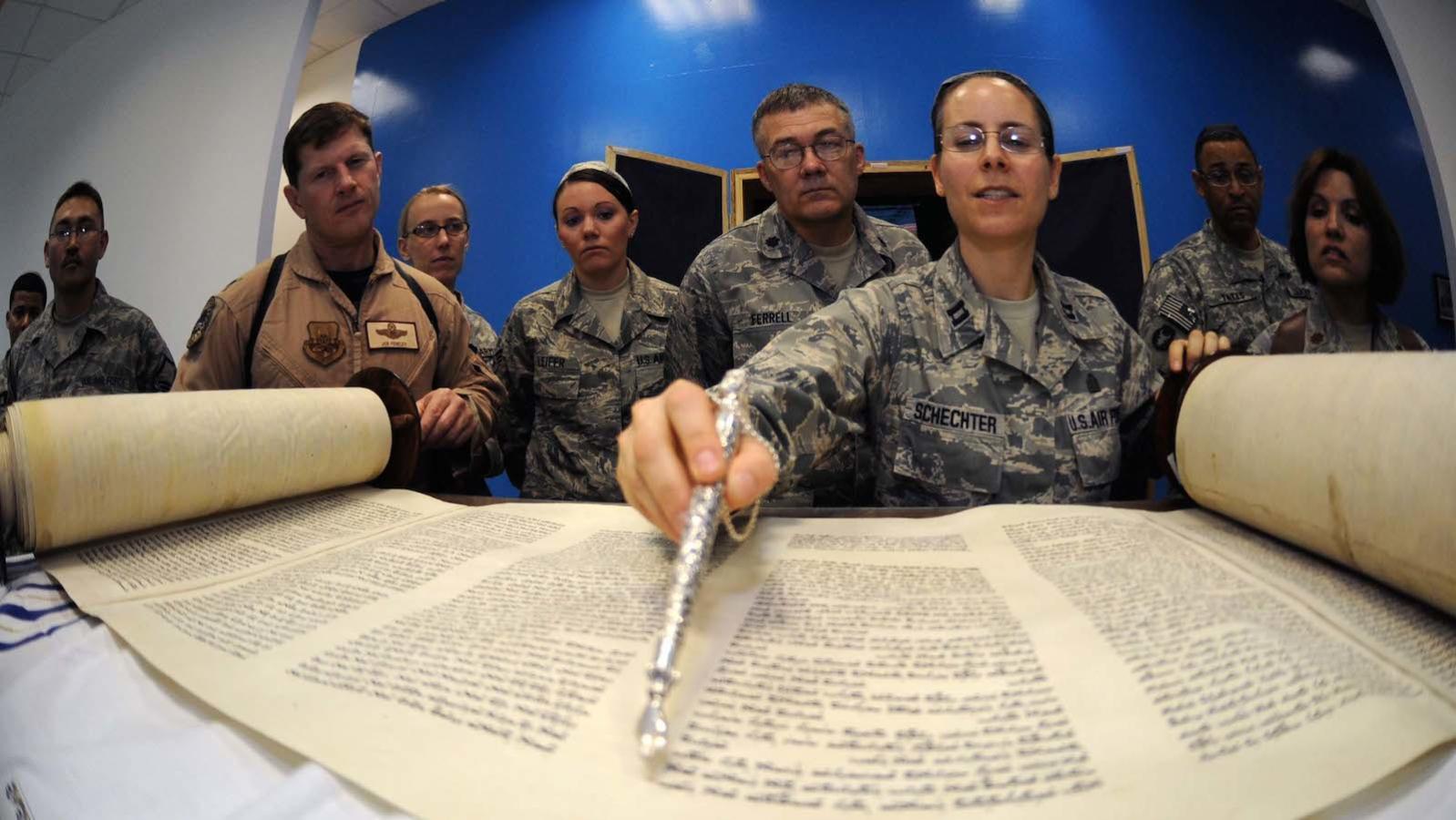
The Torah is divided into the five books below, and each book is divided into about 10 portions. There are 54 portions in total, and the Jewish community reads one a week over an annual cycle that begins each fall on the holiday of Simchat Torah. To find out this week’s portion, visit My Jewish Learning’s homepage. We also have a special index page for each portion, which includes a detailed summary of both the portion its related reading; a quiz, links to the full text and commentaries from a variety of perspectives.
The full list of portions can be found here.
Learn more about what a Torah portion is.
Why the Torah is read on an annual cycle.
Where to find more commentaries on the weekly Torah portion.
How to write a dvar Torah, or commentary on a Torah portion.
Genesis (Bereshit)
Exodus (Shemot)
Leviticus (Vayikra)
Numbers (Bamidbar)
Deuteronomy (Devarim)
Prophets (Nevi’im)
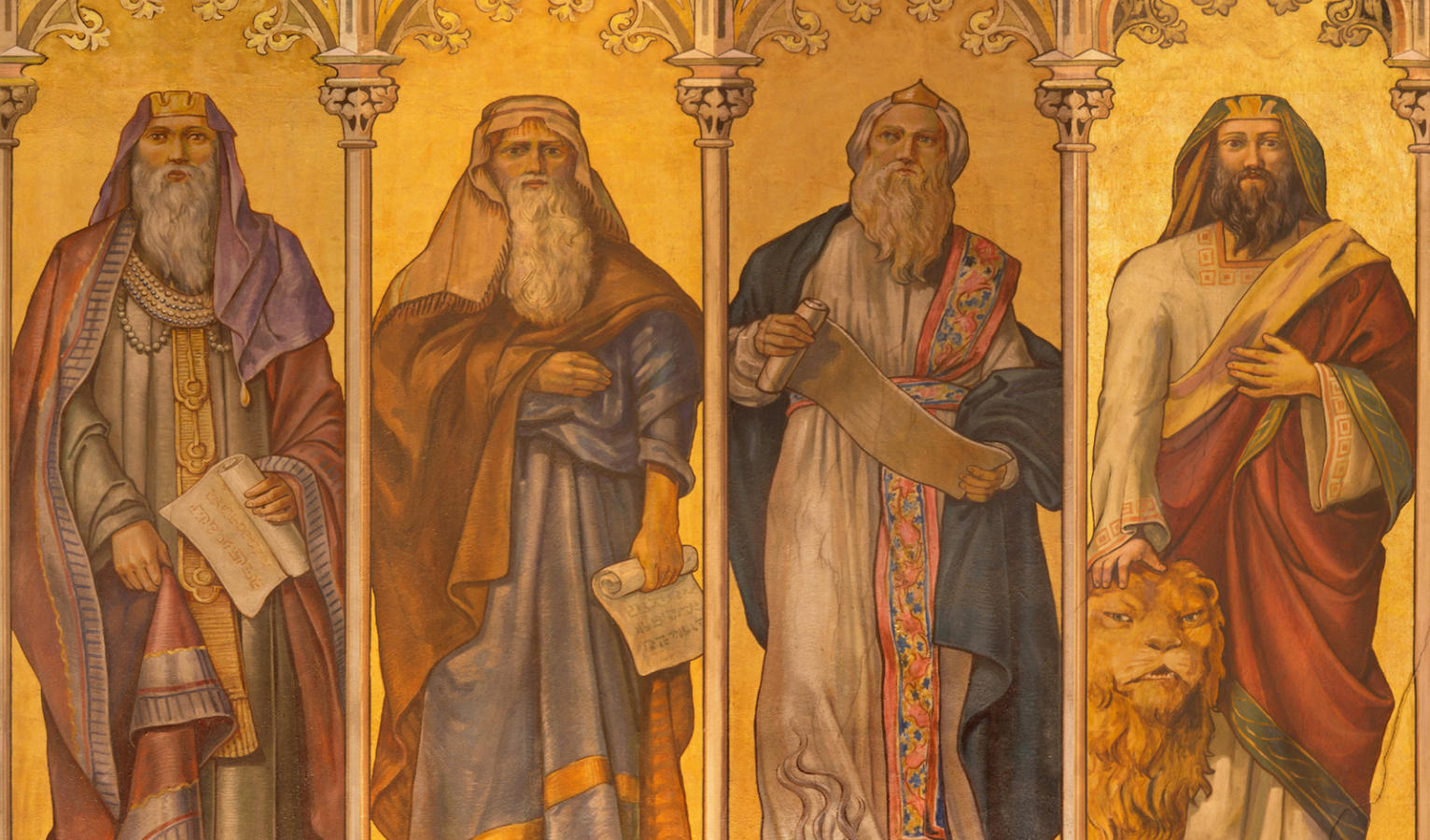
Each week a reading from the Prophets, called a Haftarah, is read after the Torah reading. Each Torah portion is paired with a specific Haftarah, which is listed on My Jewish Learning’s page for that portion.
The Latter Prophets
Joshua
Judges
Samuel
Kings
Isaiah
Jeremiah
Ezekiel
Hosea
Joel
Amos
Obadiah
Jonah (read on Yom Kippur)
Our Prophets, Ourselves: Jonah, Judgment and the Act of Repentance
Jonah’s Lesson in Divine Mercy
Why We Read Jonah on Yom Kippur
VIDEO: What’s the Book of Jonah Really About?
Micah
Nahum
Habakkuk
Zephaniah
Haggai
Zechariah
Malachi
Writings (Ketuvim)
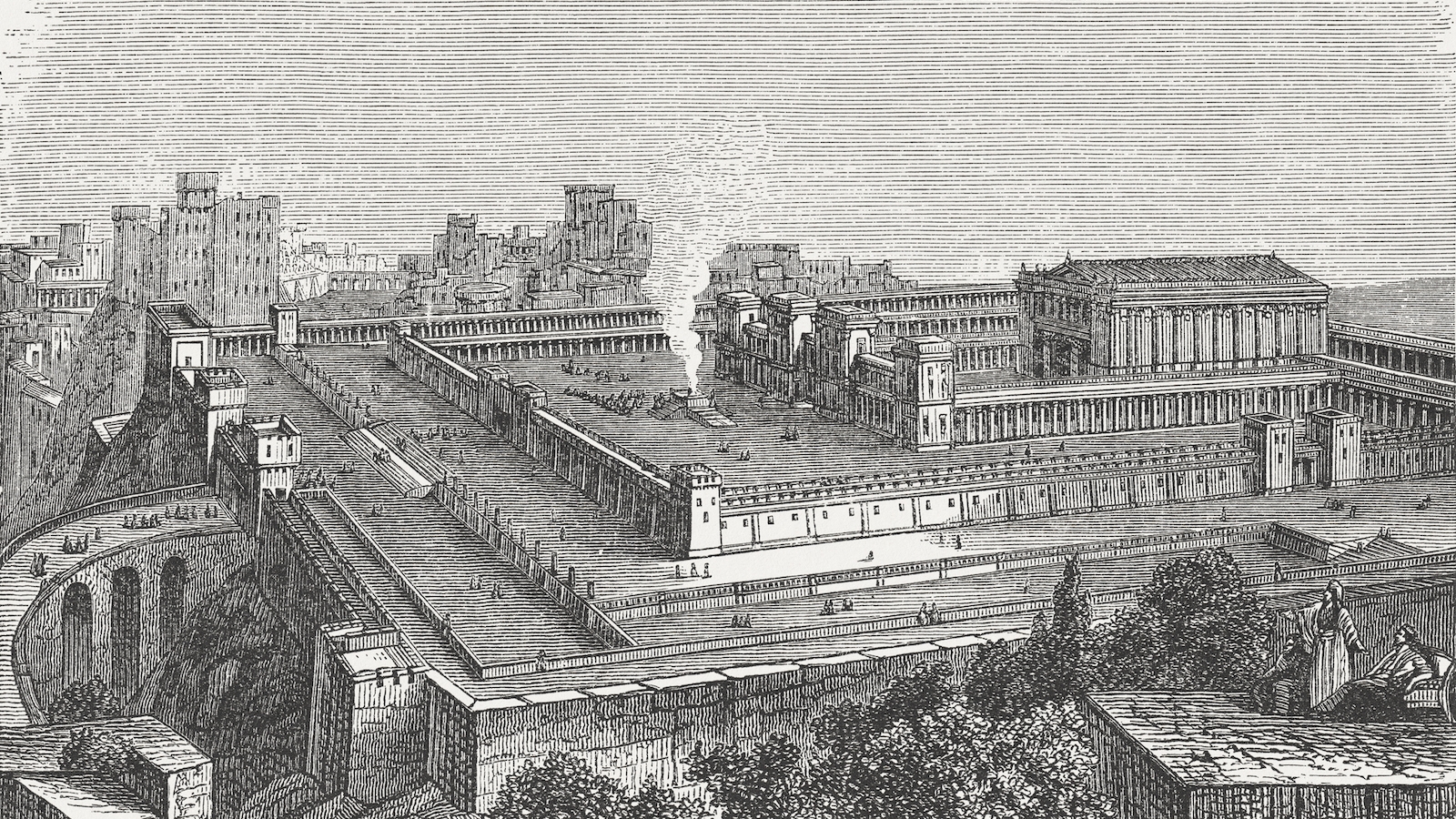
Many of the books, or chapters, in Ketuvim, are associated with Jewish holidays, when they are read. In these cases, the holiday is listed in parentheses after the book name below.
Psalms
Psalms As the Ultimate Self-Help Tool
Proverbs
Job
The Book of Job and the Paradox of Suffering
The Book of Job: A Whirlwind of Confusion
Song of Songs (Passover)
Ruth (Shavuot)
Lamentations (Tisha B’Av)
Ecclesiastes (Sukkot)
Esther (Purim)
Daniel
Ezra
Nehemiah
I Chronicles
II Chronicles
